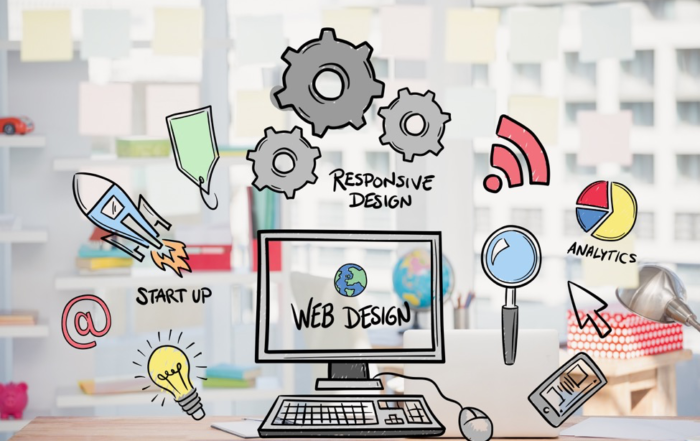In the last decade, many brands have used customer experience perspectives and processes to complete corporate turnarounds and experience make-overs. Some have seen their fortunes rise. Some have even stayed at elevated levels. They all use the six customer experience pillars.
The six essential disciplines of the Customer Experience Professionals Association: customer-centric culture, CX strategy, experience design improvement & innovation, metrics & measurement and ROI, organizational adoption & accountability, voice of the customer insight & understanding
Interestingly, the one that’s currently receiving the least amount of attention is Experience Design Improvement & Innovation. In my opinion, it’s about to rise to the top because it makes the biggest contribution to breakthrough outcomes for brands undergoing massive change.
Here’s why. When customer experience work begins with metrics in mind, most practitioners capture the current-state experience in a journey map, then make incremental improvements. However, change is happening so fast (tech, customer desires, partners, organizational structures, etc.) that ‘just doing better’ doesn’t always make the customers happier or the business healthier. Experience Design Improvement & Innovation, supported by solid communication and management practices, helps companies leapfrog their current states. This pillar surfaces a deep and detailed understanding of the ideal future state. It’s the details that help organizations to adapt more quickly and more successfully.
Here’s another why. More corporate finance analysts are writing about ‘vision’ and ‘innovation’ generating tomorrow’s value and its break-through ideas. These same people are describing ‘incrementalism’ as an approach that’s long overdue for an update replacement.
In everyday terms, getting teams to PULL FROM a well-described future (a place they understand thanks to clear experience design thinking and details) is much easier than getting those same teams to PUSH TOWARD some vague definition of the future (which is often defined by the same tools and measures they have in place today).
The Internet of Things, AR/VR, machine learning, artificial intelligence and bots are rapidly changing the customer experience landscape. If you want to harness inevitable changes to envision futures that work better for everyone—and bring them to life—you need to immerse yourself in the Experience Design Improvement & Innovation pillar. Next, apply what you learn. Right now!






